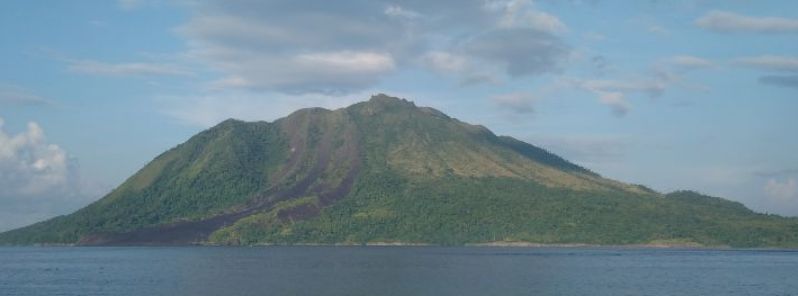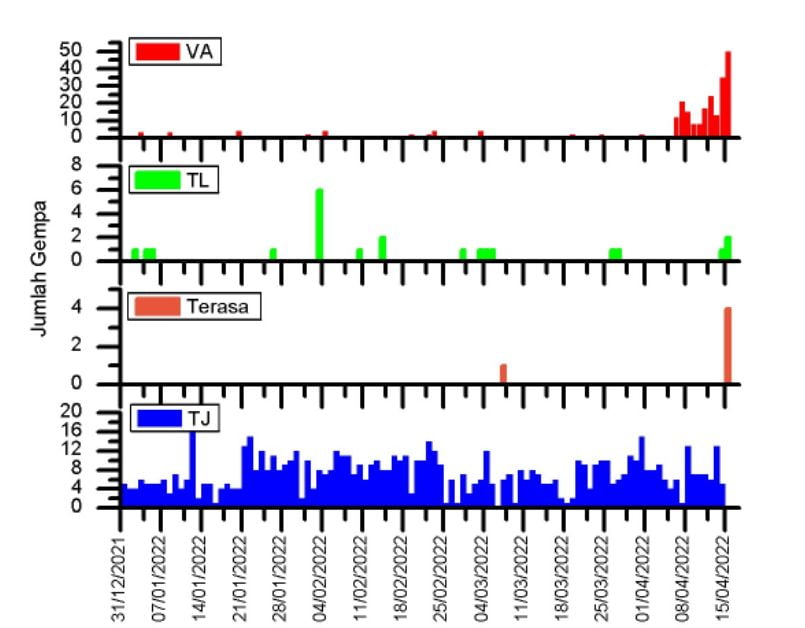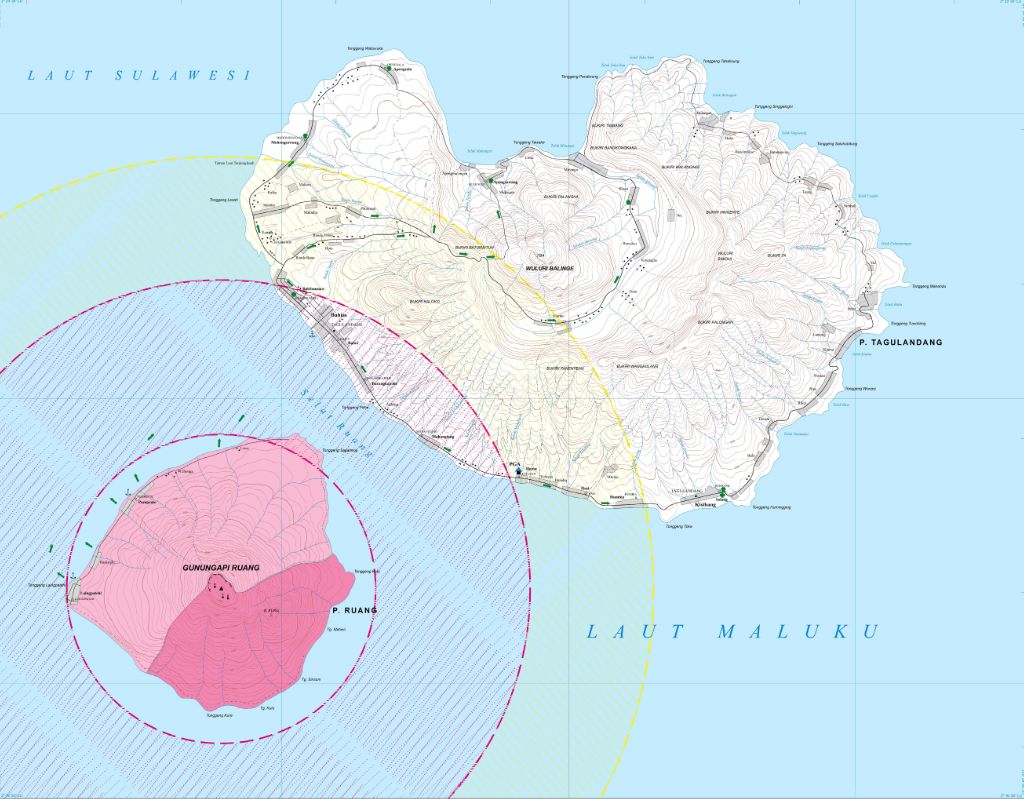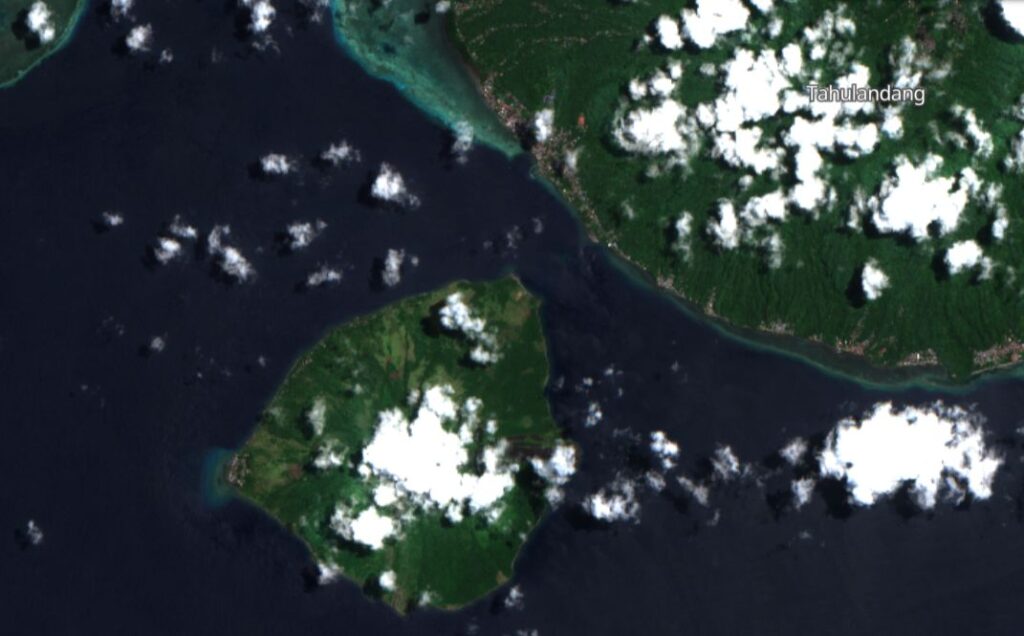Increased seismicity at Ruang volcano, alert level raised, Indonesia

Seismic activity under the Ruang volcano in Indonesia’s North Sulawesi Province increased during the month of April, forcing authorities to raise the alert level to 2. The last eruption of this volcano took place in 2002 (VEI 4).
At least 121 deep volcanic earthquakes with an amplitude of 4 – 55 mm and durations up to 24 seconds were recorded under Ruang volcano from April 1 to 16, 2022. During the same period, 110 deep tectonic earthquakes were recorded, with an amplitude of 3 to 47 mm and durations between 35 and 425 seconds.
An increase in the number of deep volcanic earthquakes was registered since April 7, followed by a significant increase on April 16, suggesting magma intrusion from the interior of the volcano.

This increase in volcanic activity has the potential to be followed by an eruption, PVMBG said.
According to the historical records of its eruptions, the main potential threat of this volcano comes from explosive eruptions accompanied by ejections of pyroclastic materials in all directions and pyroclastic flows, mainly towards the east, southeast, south, and southwest.
Based on visual observation, instrumental data and potential eruption hazards, the activity level of Ruang was raised to Level II (Warning) on April 16.
Officials monitoring the volcano advised communities and visitors/tourists not to carry out any activity within a radius of 1.5 km (0.9 miles) from the crater and 2.5 km (1.5 miles) to the east, southeast, south, and southwest.
The public is advised to prepare protective masks.
Residents living around the volcano are advised to remain calm and always follow local government guidelines.


The eruptions at Raung volcano were recorded in 1603, 1808, 1810, 1840, 1870, 1871, 1874, 1889, 1904, 1905, 1914, 1915, 1946, 1949 and 2002.
Its last eruption was on September 25, 2002 (VEI 4). The eruption produced an eruptive column with a height of more than 5 km (16 400 feet) above the summit. Satellites detected volcanic ash rising more than 16 km (52 500 feet) above sea level.
The eruption produced pyroclastic flows on its S-SE flanks, reaching all the way to the sea.
Geological summary
Ruang volcano, not to be confused with the better known Raung volcano on Java, is the southernmost volcano in the Sangihe Island arc, north of Sulawesi Island.
The 4 x 5 km (2.5 x 3.1 miles) island volcano rises to 725 m (2 378 feet) across a narrow strait SW of the larger Tagulandang Island.
The summit contains a crater partially filled by a lava dome initially emplaced in 1904.
Explosive eruptions recorded since 1808 have often been accompanied by lava dome formation and pyroclastic flows that have damaged inhabited areas.2
References:
1 Ruang – Activity level increase – PVMBG – April 16, 2022
2 Ruang – Geological summary – GVP
Featured image: PVMBG

Commenting rules and guidelines
We value the thoughts and opinions of our readers and welcome healthy discussions on our website. In order to maintain a respectful and positive community, we ask that all commenters follow these rules.